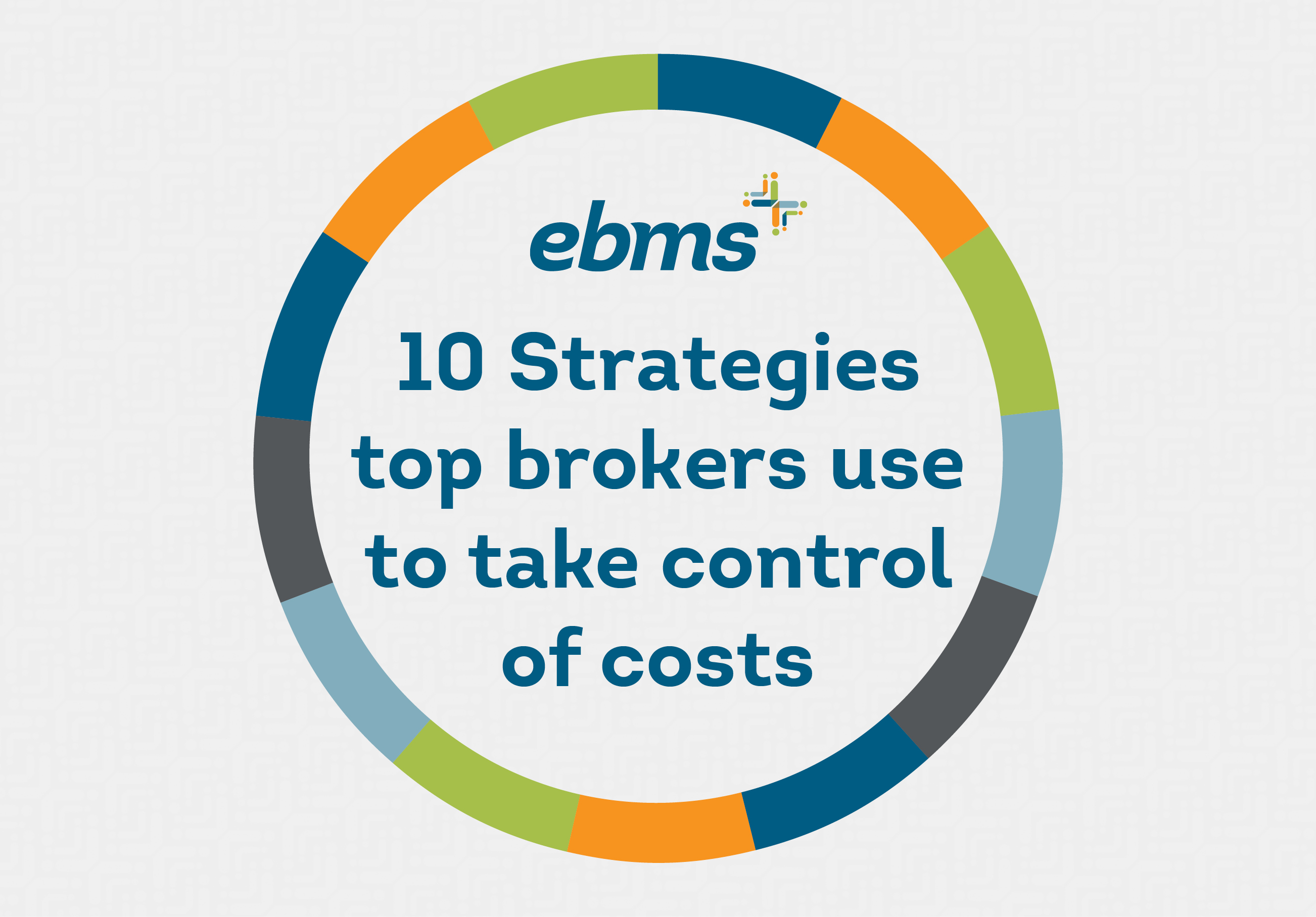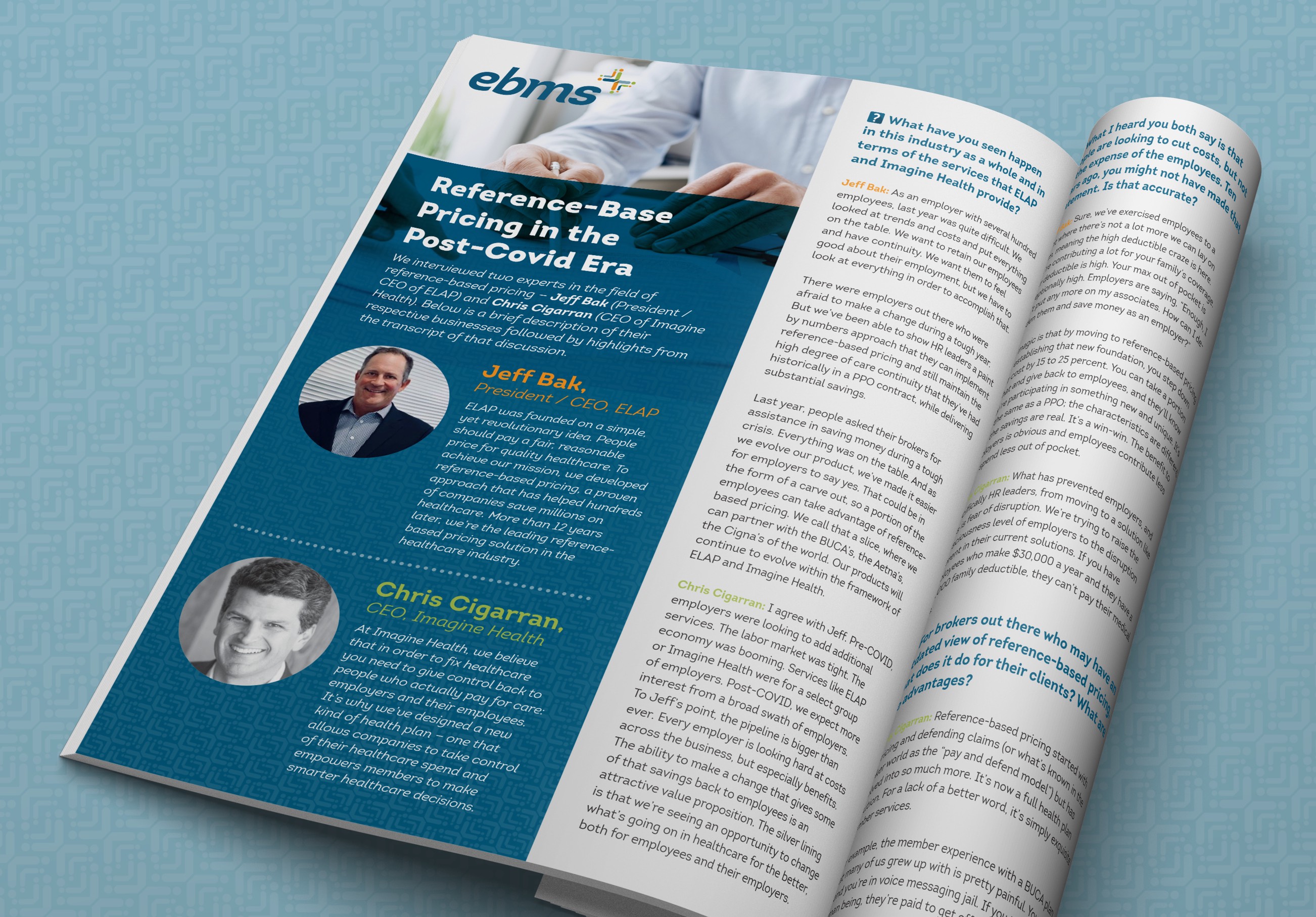Three crucial elements your plan must balance: where do you stand?
January 22nd, 2020

By James Vertino, Chief Executive Officer
I’ve talked to many executives who see benefit plan administration as a type of seesaw. They feel like they’re always balancing the twin goals of cutting costs and improving care – two objectives that can often be in direct conflict with each other. Tip the balance too far one way or the other, and you can end up with either skyrocketing expenses or inadequate care options.
I tend to look at a benefit plan more as a three-legged stool because there’s a third factor to balance with the others: ease of use. Too often, as we try out new ways to contain costs, we can make the benefit journey harder to navigate for our members or ourselves. (Creating narrower networks is a prime example of a cost-savings approach that makes life harder for your members.)
This is why the “three pillars” at my company are:
- Improve care
- Contain costs
- Make it simple
But the balance point between those three goals is not fixed and rigid. It can – and should – flex to meet your company’s individual needs.
For example, imagine Employer X is a cutting-edge tech firm in a highly competitive market. A company like this places a high value on retaining its top performers, with an eye on recruiting visionary talent away from its competitors. So Employer X wants a benefit plan that workers will see as a coveted prize. It is willing to spend more on comprehensive coverage and generous benefits, so that balance point flexes and shifts slightly – without tipping Employer X into the realm of runaway costs that can jeopardize the company’s financial health.
At the other end of the spectrum is Employer Y, a small nonprofit with a tight budget and a defined mission. Of course, Employer Y wants engaged employees who can work productively to further its mission. So how will it accomplish that without sacrificing the goal of cost containment?
Employer Y has to find its true balance point through customization. In this example, a customized benefit plan might include reference-based pricing to manage costs, an emphasis on primary-care services to keep employees healthy, and patient-navigation services to simplify the healthcare journey when a complex illness or injury pops up.
How well is YOUR company balancing the three pillars? Is it time to stabilize that three-legged stool? Strategic benefit design can simultaneously expand access to care, control healthcare spending, and make the entire benefits process frustration-free for everyone.




